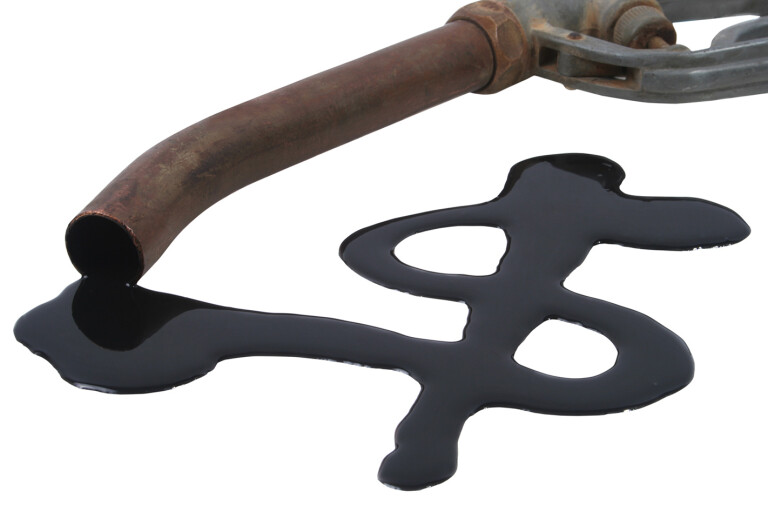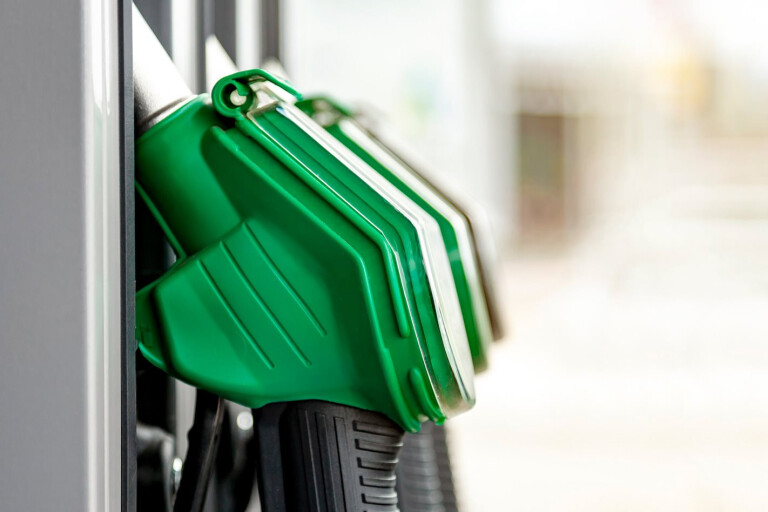
Household transport costs continue to rise with Sydney, Melbourne and Brisbane remaining Australia’s most expensive capital cities.
Alice Springs and Geelong were also the most expensive of the regional cities analysed.
That’s according to the latest findings from the Australian Automobile Association’s (AAA) Transport Affordability Index which also shows the typical household now spends 14.9 per cent of its income on transport costs.

The latest quarterly results include the final three months of the temporary halving of the fuel excise rate, annual inflation at 7.3 per cent and higher vehicle prices affecting car loan repayments.
The AAA data shows the typical weekly household transport cost in capital city households is now $413.53 and $343.93 in regional households.
Compared to the previous quarter, weekly car loan repayments rose in every city tracked in the index whether regional or a capital.

While fuel prices declined by the end of the last quarter, the typical Australian household is still paying $18.57 per week more than this time last year in fuel expenditure.
AAA Managing Director Michael Bradley said transport costs are placing a significant strain on household budgets.
“The latest figures are a timely reminder for governments that they need to carefully consider policies that may add to transport cost of living pressures across both regional and metropolitan Australia,” he added.

The AAA data shows Sydney is still Australia’s most expensive capital city with typical weekly transport costs averaging $485.68, followed by Melbourne ($463.64) and Brisbane ($458.38).
Alice Springs is Australia’s most expensive regional city at $377.85 per week, while Geelong ($364.06) has replaced Bunbury ($363.48) as the second most expensive regional city.
The Tasmanian cities of Launceston (18%) and Hobart (17.6%), followed by Brisbane (17%) had the highest transport costs as a proportion of household income.

COMMENTS